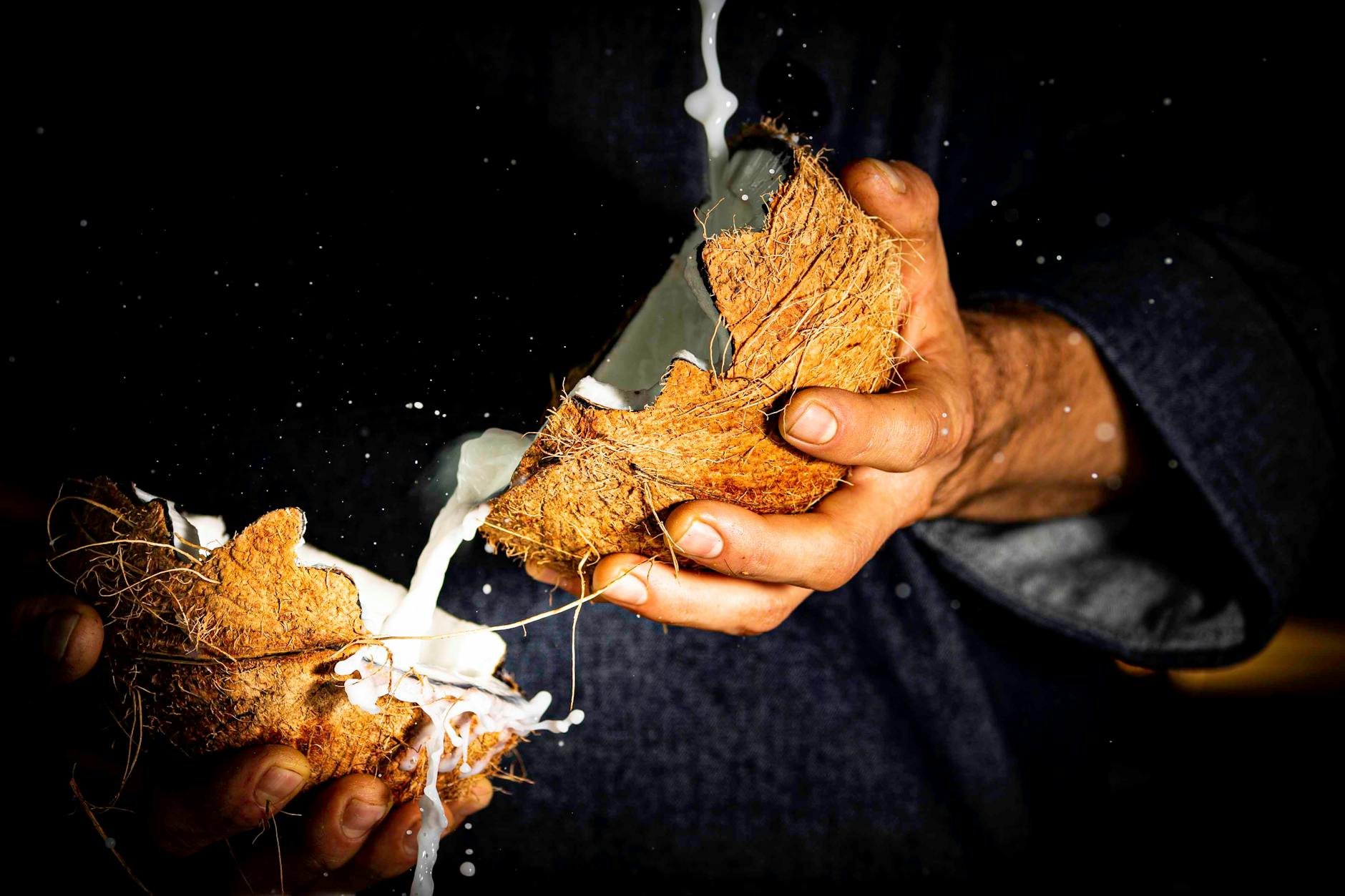Understanding Cooking Measurements
Cooking’s a bit like chemistry, isn’t it? A smidge too much salt and you’ve got a disaster on your hands. So, getting those measurements right is kinda crucial. It’s not just about following the rules; it’s about ensuring your dish lives up to its delicious potential.
Importance of Accurate Measurements
You’ve heard it before: measure twice, cut once. Well, in the kitchen, it’s more like measure once, taste delicious. A pinch too much or too little can mean the difference between a crispy cookie and a soggy mess. Whether you’re whipping up a cake, stirring a sauce, or cozying up a stew, getting those ingredients right makes all the difference. Even a slight mess-up can change the taste and feel of your meal, kinda like swapping sugar with salt – yikes!
When your recipe calls for a switch-up of units—say, from cups to grams—accuracy is all the more important. Knowing those conversion tricks can keep your dish on point. Want to dig deeper? Check out our handy piece on importance of correct quantities when cooking.
Conversion Factors and Tips
Switching between cups and grams can feel like rocket science, especially when you’re knee-deep in cookie dough. But nailing those conversions? Totally doable. Get the conversion right for each ingredient, ‘cause flour and sugar weigh different even if they fill the same cup.
Conversion charts and online calcs are a lifesaver—trust me on this one. If you’re dealing with something quirky like coconut oil, knowing the weight that matches a cup can save you from a kitchen mishap. Curious? We’ve got a deets-packed guide waiting for you on the right conversions like how many grams of coconut oil in a cup?.
By wrapping your head around these measuring tips and getting comfortable with conversions, you’re not just following recipes; you’re crafting culinary art with a dash of math. It’s about letting those flavors dance together, turning every meal into a masterpiece you can be proud of. So, grab those measuring spoons and scales like the kitchen boss you are and let the cooking adventures begin!
Coconut Oil: Cups to Grams
Whether you’re whipping up a storm in the kitchen or just want to keep your measurements spot-on, knowing how to switch between cups and grams can do wonders for your cooking game. This section is all about turning those coconut oil measurements from cups into grams, so you’re always right on the money with your ingredients.
Making the Switch from Volume to Weight
Swapping cooking measurements from volume to weight gives your recipes that extra bit of reliability. Not all ingredients pack the same punch per cup—what fills a cup for one might weigh differently for another. With coconut oil, a quick switch from cups to grams gets you right in the precision zone.
Here’s the scoop: To nail the conversion from cups to grams, you gotta know the ingredient’s density. For coconut oil, you’re looking at roughly 218 grams for every cup.
Figuring Out the Grams in a Cup of Coconut Oil
Want the grams in a cup remembered off the top of your head? Check out this handy table:
| Measurement | Grams |
|---|---|
| 1 cup | 218g |
| 1/2 cup | 109g |
| 1/3 cup | 72.67g |
| 1/4 cup | 54.5g |
Just use that conversion and presto! You know exactly how many grams of coconut oil to throw into your dishes. Accurate ingredient swaps can make or break your creations, so having this cups-to-grams trick up your sleeve is pure gold. Looking to convert other stuff from cups to grams? Peek at our guide on how many grams in a cup solid.
Locking down the right gram count for coconut oil per cup can up your cooking skills and keep your meals consistent and top-notch. Spot-on measurements add that sophisticated flair to your culinary masterpieces.





